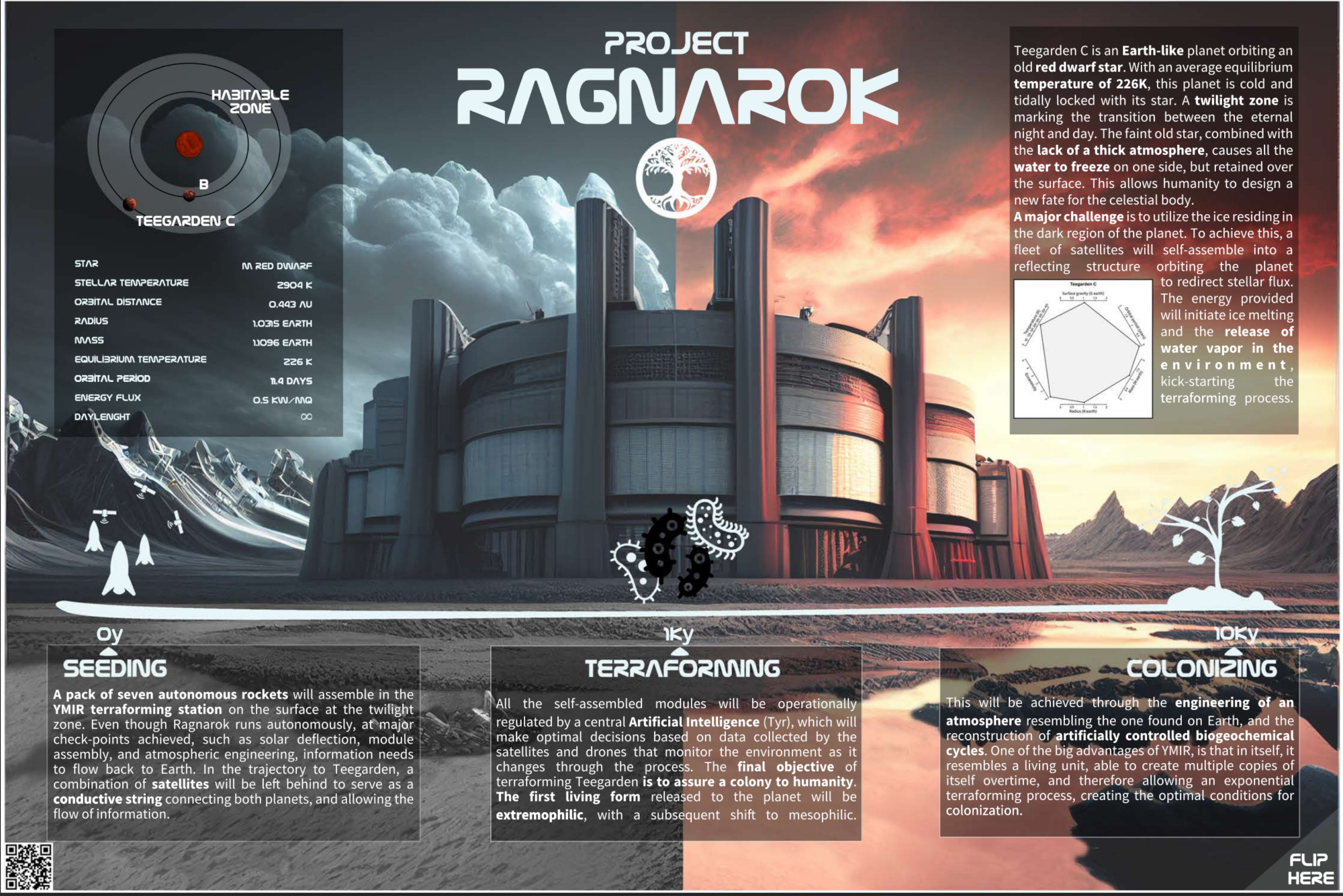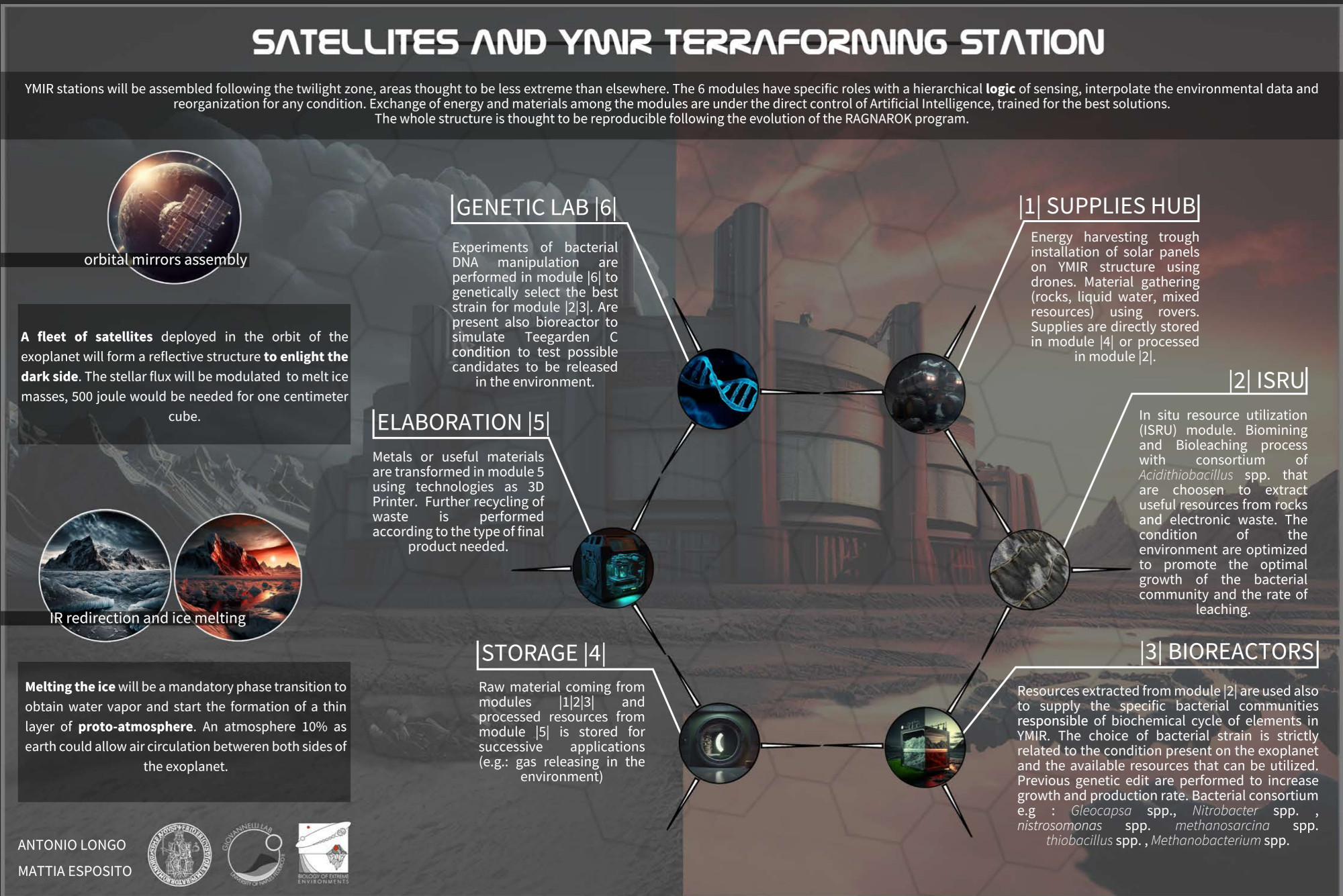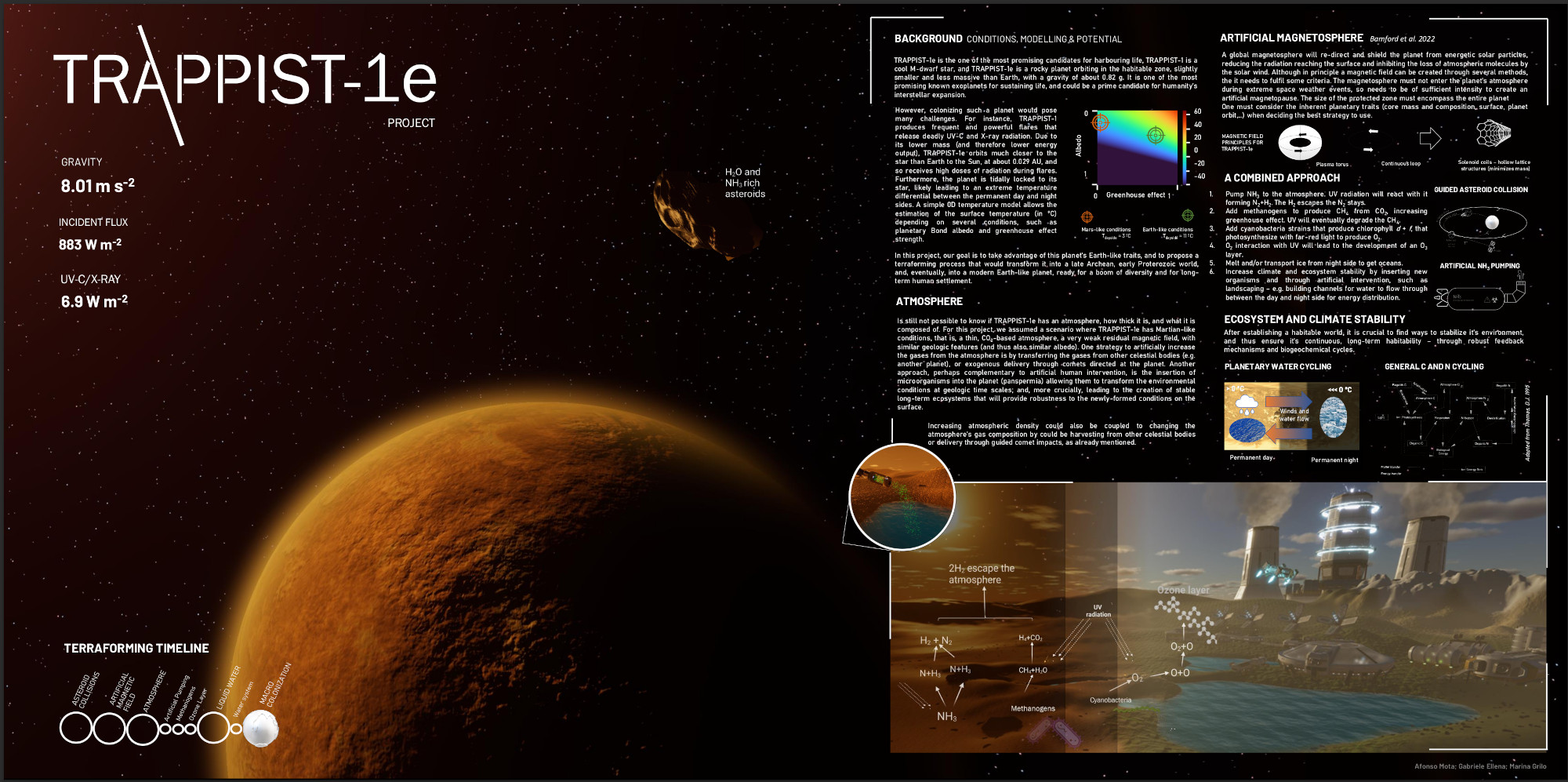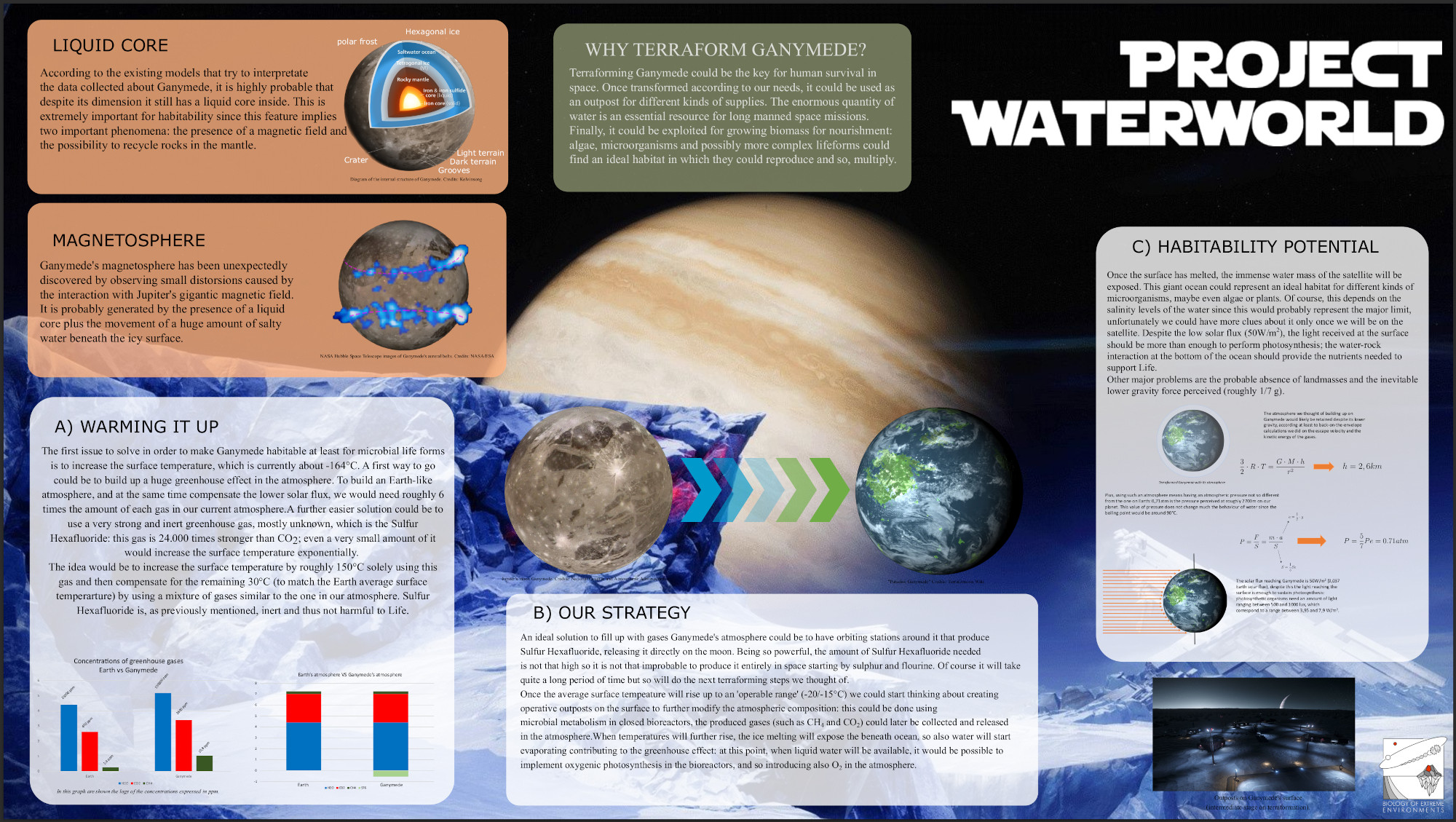The Terraforming Student Competition
Has part of my teaching duties I spend time thinking how can I make classes more interactive while keeping the students intellectually engaged and stimulating creativity and interdisciplinary thinking. Over the years I have tested a number of different approaches, all working to a certain degree. Here I share one of the most recent iteration of an interactive class project.
The class is on “Microbial Metabolism and Planetary Habitability”, part of the second year curricula in Astrobiology of the Master Degree program in the Biology of Extreme Environments. I have designed the master with some talented colleagues during the COVID19 pandemic, and I teach a couple of classes in the program.
In this class we spend time discussing microbial metabolism, biogeochemical cycles and the effect that microbial metabolism has, and can have, on long term climate and habitability. We discuss how biogeochemical cycles are connected, the feedbacks and the changes in deep time. We also discuss geoengineering approaches to climate change, especially focusing on microbiological or geomicrobiological solutions. The student work through different iterations of drawing biogeochemical cycles, digging in the literature to establish reservoir sizes, fluxes and key processes. We do this in small groups (2 students per group generally), rotating groups every week and focusing on CHNOP elements.
As a final project I ask them to work in small groups (2-3 people) to devise a Terraforming project. The rules are the following:
- Select an Astrobiological target. Targets in the solar system and outside (exoplanets) are allowed. Mars is off the table (way to much literature on terraforming Mars…)
- Do not worry about cost and space travel
- Worry about the logic of the terraforming plan, how detailed and cohesive it is and how integrated the different aspects are
- Decide if you are terraforming for ISRU, microbial colonization or human colonization
- Present the project following the EVolo compeition poster style
- Use AI tools (like MidJourney) and the open source drawing software Inkscape for the graphics
Here are the results of this class so far. The poster are impressive, both for the graphics and the depth of the terraofrming plans.
Dario Esposito and Valentina Foresta

Mattia Esposito and Antonio Longo


Mariarca D’Aniello

Afonso Mota, Marina Grilo and Gabriele Ellena

Sergio Scotillo and Mauro Cardillo

Filippo Villano and Alessia Silvestrin
